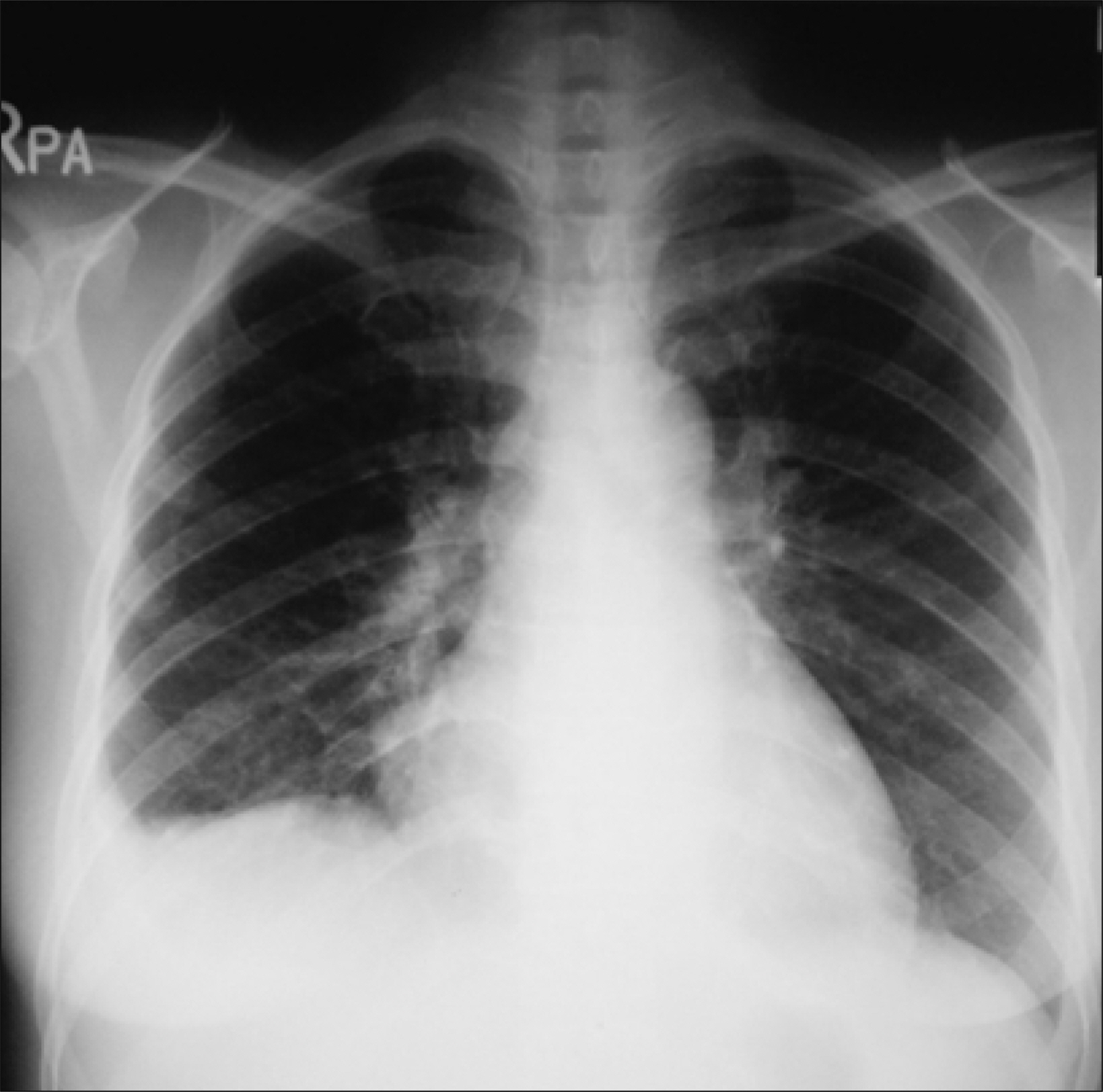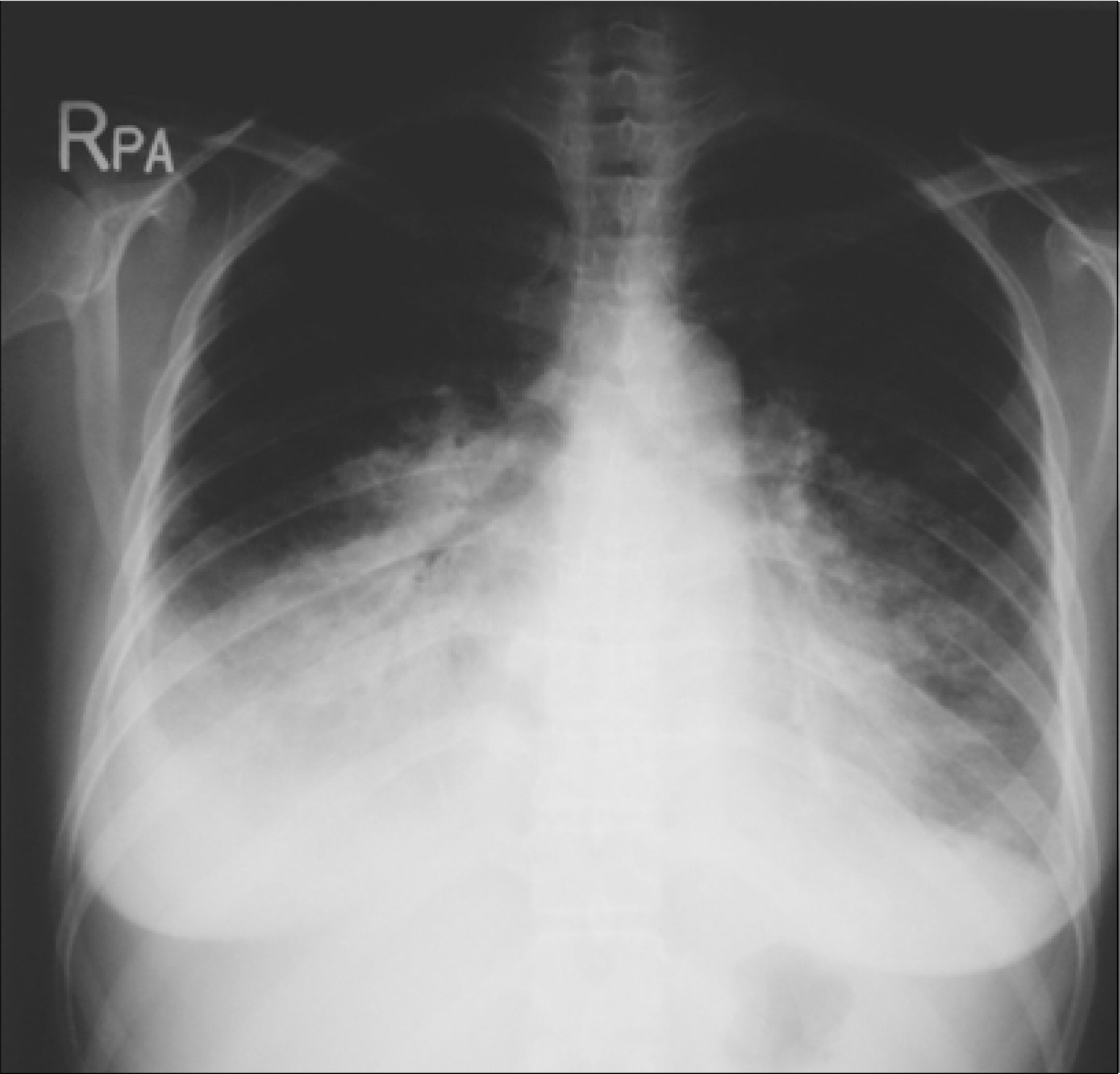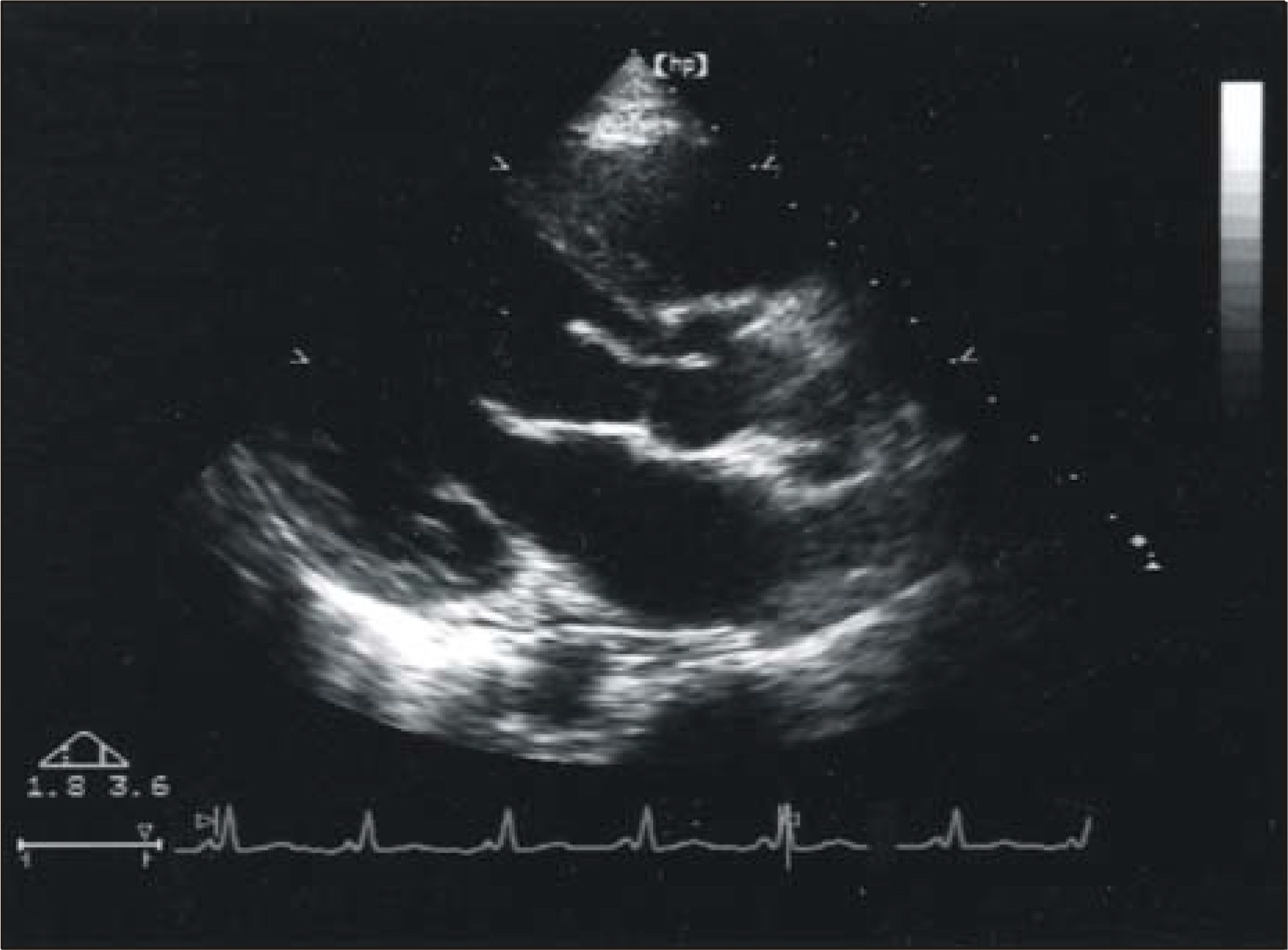Korean J Hematol.
2005 Sep;40(3):201-204. 10.5045/kjh.2005.40.3.201.
A Case of Infective Endocarditis associtaed with Microcytic Hypochromic Anemia
- Affiliations
-
- 1Division of Hematology, College of Medicine, The Catholic University of Korea, Seoul, Korea. chosg@cmc.cuk.ac.kr
- 2Division of Cardiology, College of Medicine, The Catholic University of Korea, Seoul, Korea.
- 3Division of Gastroenterology, College of Medicine, The Catholic University of Korea, Seoul, Korea.
- 4Department of Internal Medicine, College of Medicine, The Catholic University of Korea, Seoul, Korea.
- 5Department of Clinical Laboratories, College of Medicine, The Catholic University of Korea, Seoul, Korea.
- KMID: 1610817
- DOI: http://doi.org/10.5045/kjh.2005.40.3.201
Abstract
- We experienced a case of infective endocarditis, which unusual has symptoms and microcytic hypochromic anemia. Anemia associated with infective endocarditis is a common manifestation, but is generally normocytic nor-mochromic. However, microcytic hypochromic anemia is an uncommon manifestation of infective endo-carditis, and has only been noted in a few previous reports. We systematically evaluated anemia, and diagnosed fatal underlying diseases, such as infective endocarditis.
MeSH Terms
Figure
Reference
-
1). Mylonakis E, Calderwood SB. Infective endocarditis in adults. N Engl J Med. 2000; 345:1318–30.
Article2). Krasnik L, Ochotny R, Hryniewiecki T, Paluszak J, Cieslinski A, Paradowski S. The level of erythropoietin in serum of patients with anemia during infective endocarditis. Pol Arch Med Wewn. 1999; 101:113–5.3). Prendergast BD. Diagnostic criteria and problems in infective endocarditis. Heart. 2004; 90:611–3.
Article4). Weiss G, Goodnough LT. Anemia of chronic disease. N Engl J Med. 2003; 352:1011–23.
Article5). Joyce RA, Sande MA. Mechanism of anemia in experimental bacterial endocarditis. Scand J Haematol. 1975; 15:306–11.6). Huang HL, Lin FC, Hung KC, Wang PN, WU D. Hemolytic anemia in native valve infective endocarditis: a case report and literature review. Jpn Circ J. 1999; 63:400–3.7). Prendergast BD. Diagnosis of infective endocarditis. BMJ. 2002; 325:845–6.
Article8). Hoen B, Selton-Suty C, Lacassin F, et al. Infective endocarditis in patients with negative blood cultures: analysis of 88 cases from a one-year nation wide survey in France. Clin Infect Dis. 1995; 20:501–6.9). Spach DH, Kanter AS, Daniels NA, et al. Bartonella (Rochalimaea) species as a cause of apparent culture-negative endocarditis. Clin Infect Dis. 1995; 20:1044–7.
Article10). Houpikian P, Raoult D. Diagnostic methods current best practices and guidelines for identification of difficult-to-culture pathogens in infective endocarditis. Infect Dis Clin North Am. 2002; 16:377–92.11). Moreillon P, Que YA. Infective endocarditis. Lancet. 2004; 363:139–49.
Article
- Full Text Links
- Actions
-
Cited
- CITED
-
- Close
- Share
- Similar articles
-
- Clinical significance of RDW in childhood microcytic hypochromic anemia
- Iron-deficiency anemia in children: from diagnosis to treatment
- Reticulocyte Indices for the Differential Diagnosis of Anemia of Chronic Disease and Iron Deficiency Anemia in Adult Women with Microcytic Hypochromic Anemia
- A Case of Idiopathic Pulmonary Hemosiderosis
- A Case of Hereditary Sideroblastic Anemia




